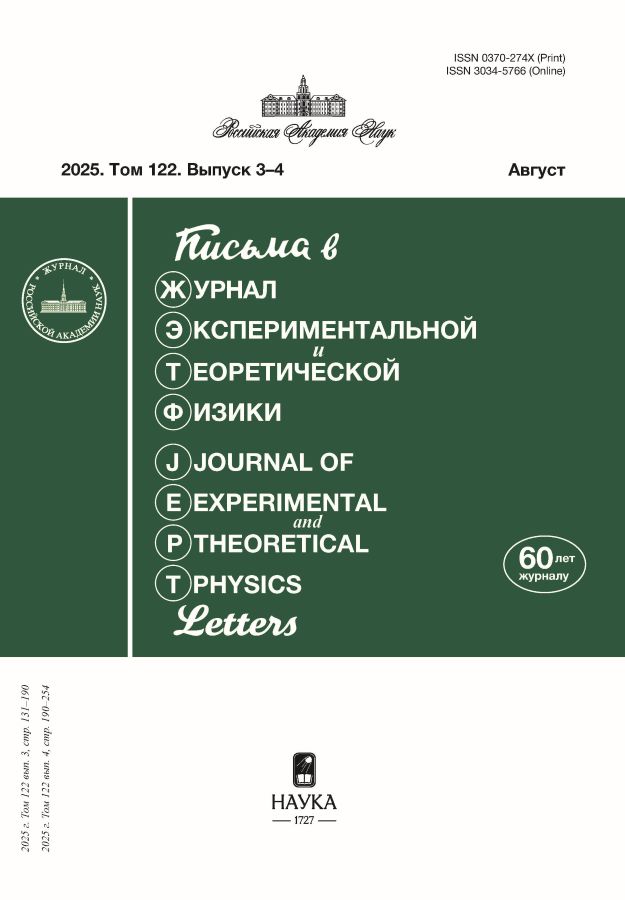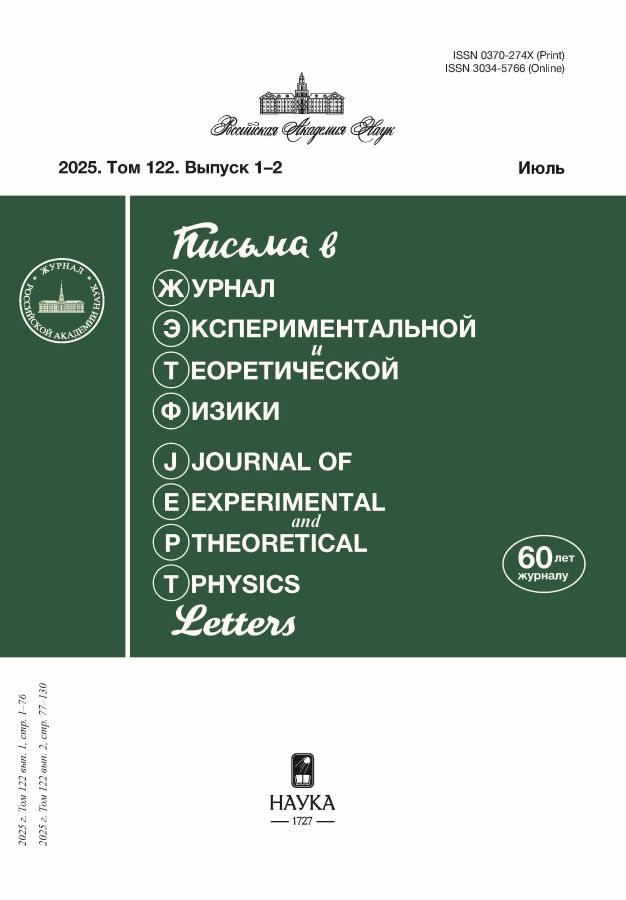Comparison of spiral waves in simplified cardiac tissue models
- Authors: Mohanty S.1, Prusty D.1, Nayak A.R1
-
Affiliations:
- International Institute of Information Technology (IIIT) Bhubaneswar
- Issue: Vol 122, No 1-2 (2025)
- Pages: 125-128
- Section: Articles
- URL: https://medjrf.com/0370-274X/article/view/693452
- DOI: https://doi.org/10.31857/S0370274X25070198
- EDN: https://elibrary.ru/QSJGES
- ID: 693452
Cite item
Abstract
Spiral waves of electrical activation in cardiac tissue can lead to life-threatening arrhythmias; therefore, understanding the mechanisms underlying the formation and propagation of these spiral waves is of great interest in cardiac dynamics. In this study, we conduct a comparative analysis of spiral waves using two simplified component models for cardiac tissue (a) the Panfilov model and (b) the Aliev-Panfilov model, by varying the parameters that govern excitability and recovery in both models. From our numerical studies, we observe states of (i) a periodic spiral, (ii) a quasi-periodic spiral, and (iii) spiral turbulence in both models, depending on the parameters. Our systematic study reveals that the Panfilov model exhibits conduction velocity restitution behavior and spiral transition sequences that closely resemble those observed in biophysical models; thus, it is better suited for studying wave dynamics in cardiac tissue compared to the Aliev-Panfilov model, providing an alternative to computationally expensive cardiac tissue models.
About the authors
S. Mohanty
International Institute of Information Technology (IIIT) Bhubaneswar
Email: aloknayak@iiit-bh.ac.in
Bhubaneswar, India
D. Prusty
International Institute of Information Technology (IIIT) Bhubaneswar
Author for correspondence.
Email: aloknayak@iiit-bh.ac.in
Bhubaneswar, India
A. R Nayak
International Institute of Information Technology (IIIT) Bhubaneswar
Email: aloknayak@iiit-bh.ac.in
Bhubaneswar, India
References
- S. Sawai, P. A. Thomason, and E. C. Cox, Nature 433, 323 (2005).
- J. Lechleiter, S. Girard, E. Peralta, and D. Clapham, Science 252, 123 (1991).
- Y. Yu, L. M. Santos, L. A. Mattiace, M. L. Costa, L. C. Ferreira, K. Benabou, A. H. Kim, J. Abrahams, M. V. Bennett, and R. Rozental, Proceedings of the National Academy of Sciences 109, 2585 (2012).
- X. Huang, W. C. Troy, Q. Yang, H. Ma, C. R. Laing, S. J. Schiff, and J.-Y. Wu, J. Neurosci. 24, 9897 (2004).
- S. Alonso, M. B¨ar, and B. Echebarria, Reports on Progress in Physics 79, 096601 (2016).
- F. H. Fenton, E. M. Cherry, H. M. Hastings, and S. J. Evans, Chaos: An Interdisciplinary Journal of Nonlinear Science 12, 852 (2002).
- A. Panfilov and P. Hogeweg, Phys. Lett. A 176, 295 (1993).
- R. R. Aliev and A. V. Panfilov, Chaos, Solitons & Fractals 7, 293 (1996).
- A. V. Panfilov, Chaos: An Interdisciplinary Journal of Nonlinear Science 8, 57 (1998).
- T. Shajahan, S. Sinha, and R. Pandit, Int. J. Mod. Phys. B 17, 5645 (2003).
- A. Panfilov, Phys. Rev. Lett. 88, 118101 (2002).
- K. H. ten Tusscher and A. V. Panfilov, Multiscale Modeling & Simulation 3, 265 (2005).
- A. Panfilov, S. C. Mu¨ller, V. S. Zykov, and J. P. Keener, Phys. Rev. E 61, 4644 (2000).
- Z. Qu, F. Xie, A. Garfinkel, and J. N. Weiss, Annals of Biomedical Engineering 28, 755 (2000).
- T. Shajahan, A. R. Nayak, and R. Pandit, PLoS One 4, e4738 (2009).
- K. Rajany, A. R. Nayak, R. Majumder, and R. Pandit, Physics Open 13, 100120 (2022).
Supplementary files











